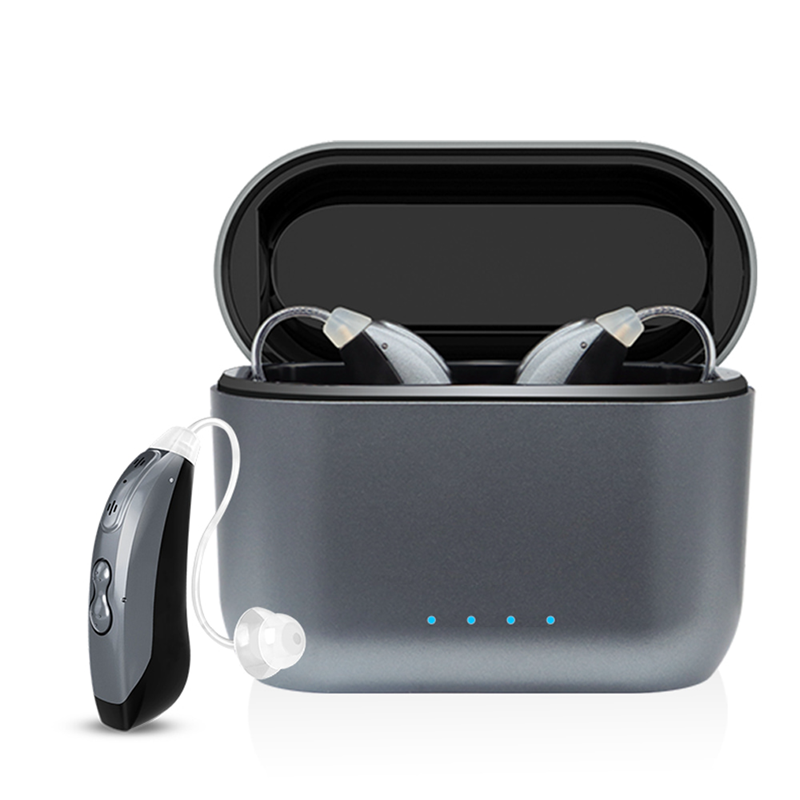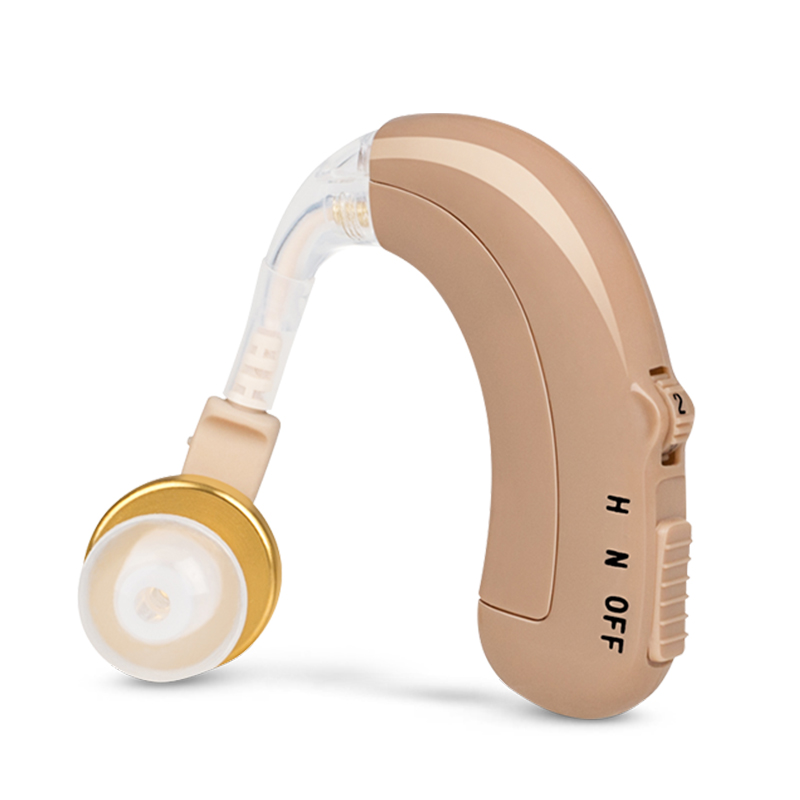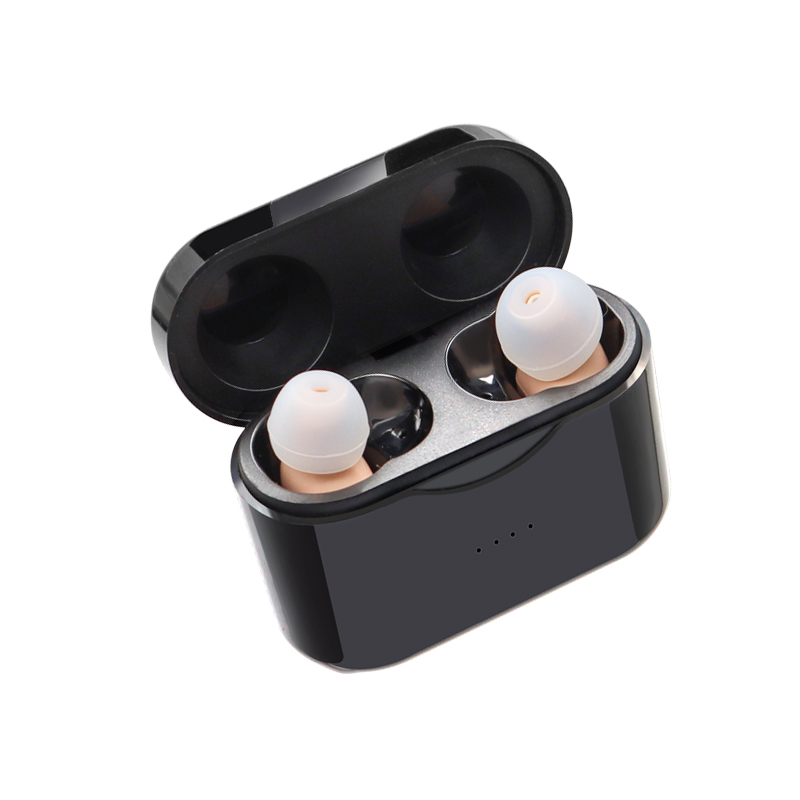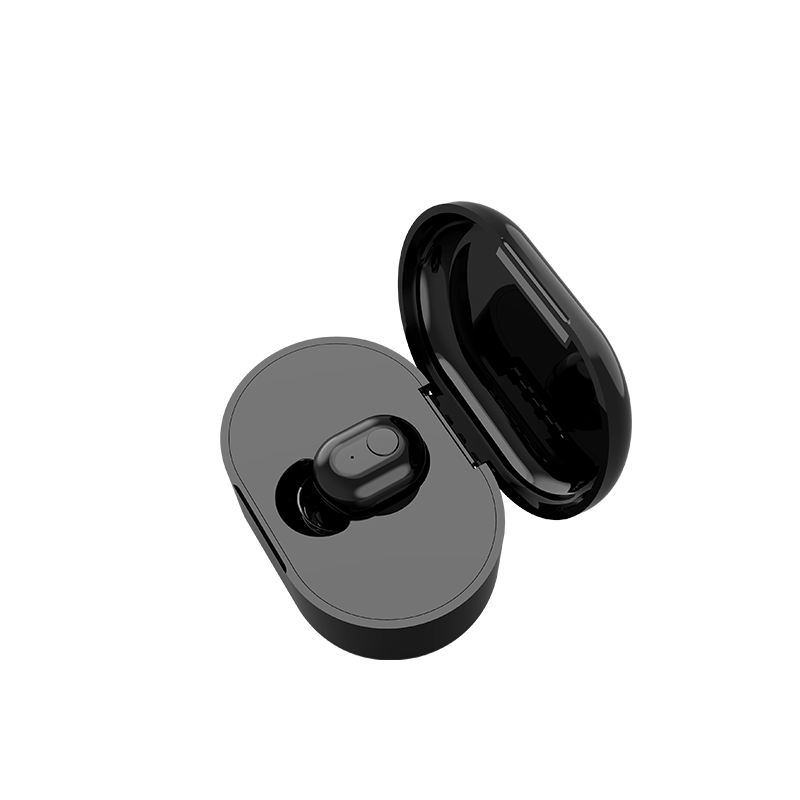
What are OTC hearing aids?
According to the American Academy of Audiology, OTC hearing aids are “devices that amplify sound and can be purchased without professional support and without a hearing test."1
These devices have grown in popularity since the Food and Drug Administration (FDA)2 approved the sale of over-the-counter (OTC) hearing aids for adults with perceived mild to moderate hearing loss in the fall of 2022. Features of OTC hearing aids include:
- One-size-fits-all design and functionality
- Limited, pre-programmed settings aimed at addressing mild to moderate hearing loss
- Online hearing tests for some brands and models
Prescription and OTC hearing aid differences
From a buyer’s perspective, the difference between OTC and prescription hearing aids may seem subtle. Both are devices that sit in your ears to help you hear better. But, Tedeschi says, “They are two distinct, different devices.” He laid out four key differences that you should consider:
The value of high-quality hearing aids
Cost is certainly a factor for many when it comes to deciding between OTC and prescription hearing aids. While there are prescription models that are well within the range of a higher-end OTC version, it's also important to consider total value.
“With OTC hearing aids, you get what you buy,” Tedeschi says. “But you're also getting services [when you buy] a prescription hearing aid.”
These services often include an extensive warranty period and a service period where a professional guides you through a hearing test, fitting and instructions on how to use the hearing aid. And that's just the up-front care. Aftercare is essential to getting the right fit and best performance from your hearing aids.
“You're generally going to have two follow-up visits right away to make sure everything is going right, or to see if any adjustments need to be made,” Tedeschi says. And over the lifespan of your hearing aids, more adjustments will likely be required as your hearing changes over the years.
Miracle-Ear's lifetime aftercare services include quarterly cleanings and check-ups, ongoing adjustments and repairs, and annual hearing tests. Miracle-Ear customers also get professional aural rehabilitation services to help with the process of rebuilding hearing.
“When you've had a hearing loss for several years and you put hearing aids in, it's like turning the world back on all of a sudden,” Tedeschi says. “You have to adapt to that, and your hearing care professional can help you … learn to listen again. With OTC, you don't have any of that help or assistance.”
Making the best choice for your hearing
As the OTC hearing aid market continues to expand, more consumers may choose to purchase hearing aids this way. Tedeschi is not totally opposed to the idea, especially since it takes the average consumer about five years to seek treatment for hearing loss.
“They are good entry devices to get people to experiment,” he says.
The above is the interpretation of Choosing Hearing Aids: Balancing Performance, Features, and Price provided by Chinese hearing aid supplier Shenrui Medical. Link https://www.srmcm.com/Blog/Choosing_Hearing_Aids_Balancing_Performance_Features_and_Price.html of this article is welcome to share and forward. For more hearing aid related information, please visit Blog or take a look at our Hearing aids products















